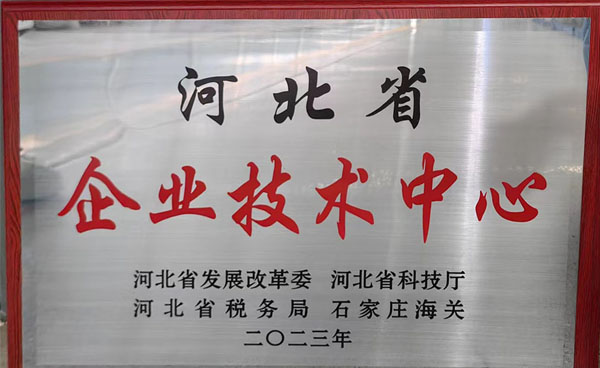
Dec . 18, 2024 15:22
Back to list
gas pressure reducing valve
Understanding Gas Pressure Reducing Valves Importance, Functionality, and Applications
Gas pressure reducing valves (PRVs) play a crucial role in various applications where gases are utilized, from industrial setups to residential heating systems. These valves are designed to lower the incoming pressure of gas to a safe and usable level, ensuring that downstream equipment operates effectively and safely.
The Functionality of Gas Pressure Reducing Valves
A gas pressure reducing valve is designed to maintain a constant output pressure, regardless of fluctuations in the upstream (inlet) pressure. This is particularly important in systems where the supply pressure can vary significantly due to changes in demand or system operation. The valve achieves this through a mechanism that automatically adjusts its opening in response to changes in pressure.
The basic configuration of a PRV typically includes a pressure sensing element, a diaphragm, and an adjustable spring. The incoming high-pressure gas enters the valve and acts on the diaphragm, which in turn moves against the force of the adjustable spring. When the downstream pressure reaches the desired setpoint, the diaphragm moves to close the valve partially or fully, thereby regulating the flow of gas.
Importance of Gas Pressure Reducing Valves
1. Safety One of the primary reasons for using gas pressure reducing valves is safety. Excessive gas pressure can lead to system failures, equipment damage, or even catastrophic incidents such as explosions. By regulating the downstream pressure, PRVs help prevent accidents and ensure that gas appliances operate within their specified limits.
2. Efficiency Maintaining a consistent and optimal pressure level allows gas-powered equipment to function efficiently. Efficient operation leads to lower energy costs, reduced wear and tear on equipment, and less frequent maintenance issues.
3. Protection of Equipment Many gas-powered devices, such as furnaces, boilers, and burners, are designed to operate within specific pressure ranges. Exceeding these limits can cause malfunction or damage. PRVs protect sensitive equipment by ensuring that the gas pressure remains within the required parameters.
gas pressure reducing valve

4. Flow Control Apart from reducing pressure, gas PRVs can also help control the flow rate of gas through a system. This control is vital in applications where precise flow rates are necessary for operational efficiency.
Applications of Gas Pressure Reducing Valves
Gas pressure reducing valves are utilized in a wide range of applications across various industries
- Industrial Applications In the manufacturing sector, PRVs are essential for controlling the gas supply to furnaces, kilns, and other equipment that require stable gas pressure for optimal performance.
- Residential Heating Gas pressure reducing valves are commonly found in residential heating systems, ensuring that gas appliances such as water heaters and furnaces receive a consistent supply of gas at the proper pressure.
- Culinary Applications Many commercial kitchens depend on PRVs to regulate the gas pressure for stoves and ovens, ensuring precise temperature control during cooking.
- Medical Gas Supply In medical facilities, PRVs are vital in managing the delivery of gases such as oxygen and nitrous oxide, ensuring they are provided at safe and effective pressures for patient use.
Conclusion
Gas pressure reducing valves are an integral component of many gas distribution systems, enhancing safety, efficiency, and operational reliability. By providing a stable and adjustable output pressure, these valves protect equipment, ensure efficient operation, and maintain safety across a spectrum of applications. As industries continue to advance technologically, the demand for reliable gas pressure control will remain significant, underscoring the importance of PRVs in the modern landscape of gas management. Investing in high-quality pressure reducing valves and regular maintenance of these systems is essential for any application that relies on gas as a primary energy source, ultimately contributing to sustainable and safe operations.
Next:
Latest news
-
Safety Valve Spring-Loaded Design Overpressure ProtectionNewsJul.25,2025
-
Precision Voltage Regulator AC5 Accuracy Grade PerformanceNewsJul.25,2025
-
Natural Gas Pressure Regulating Skid Industrial Pipeline ApplicationsNewsJul.25,2025
-
Natural Gas Filter Stainless Steel Mesh Element DesignNewsJul.25,2025
-
Gas Pressure Regulator Valve Direct-Acting Spring-Loaded DesignNewsJul.25,2025
-
Decompression Equipment Multi-Stage Heat Exchange System DesignNewsJul.25,2025

